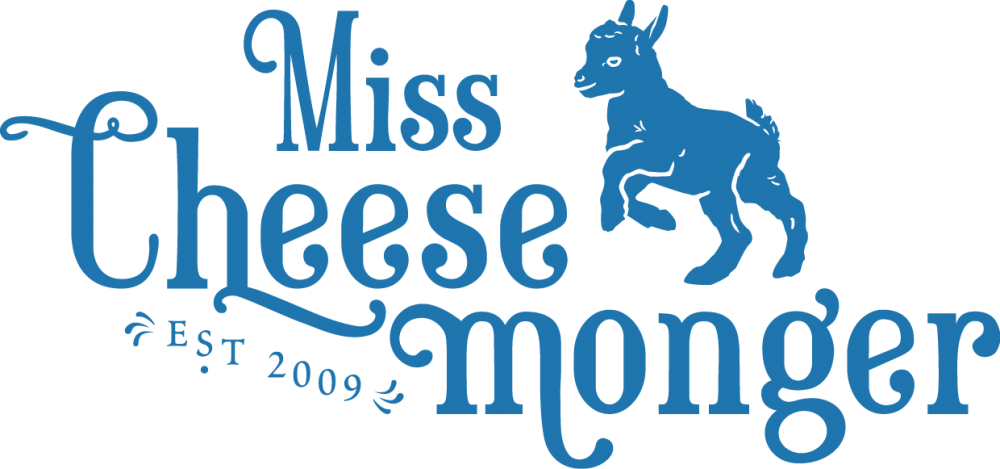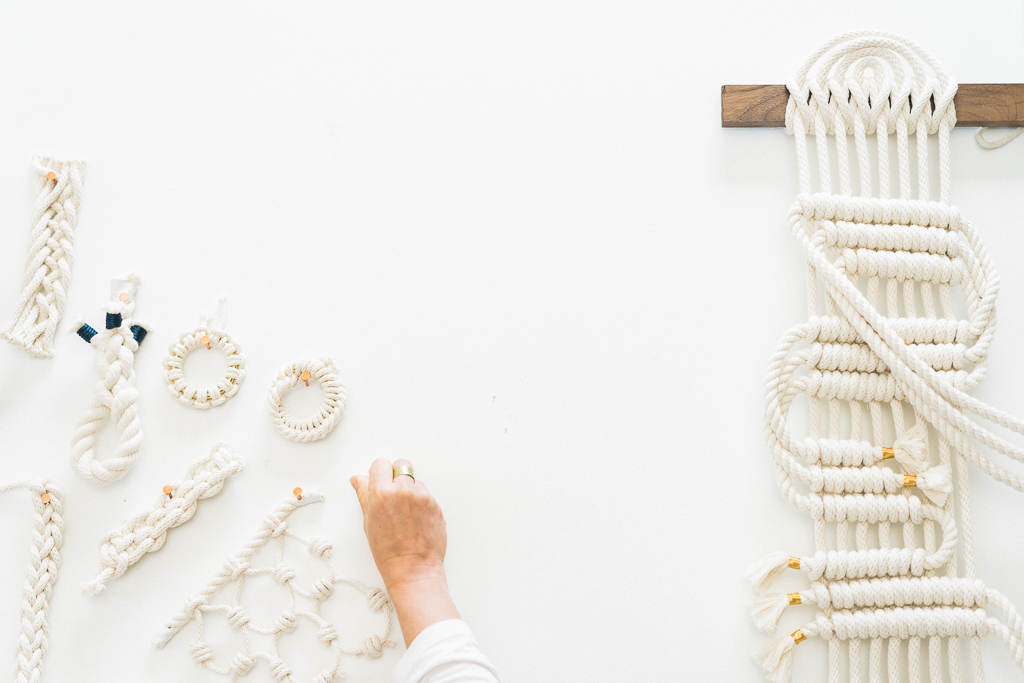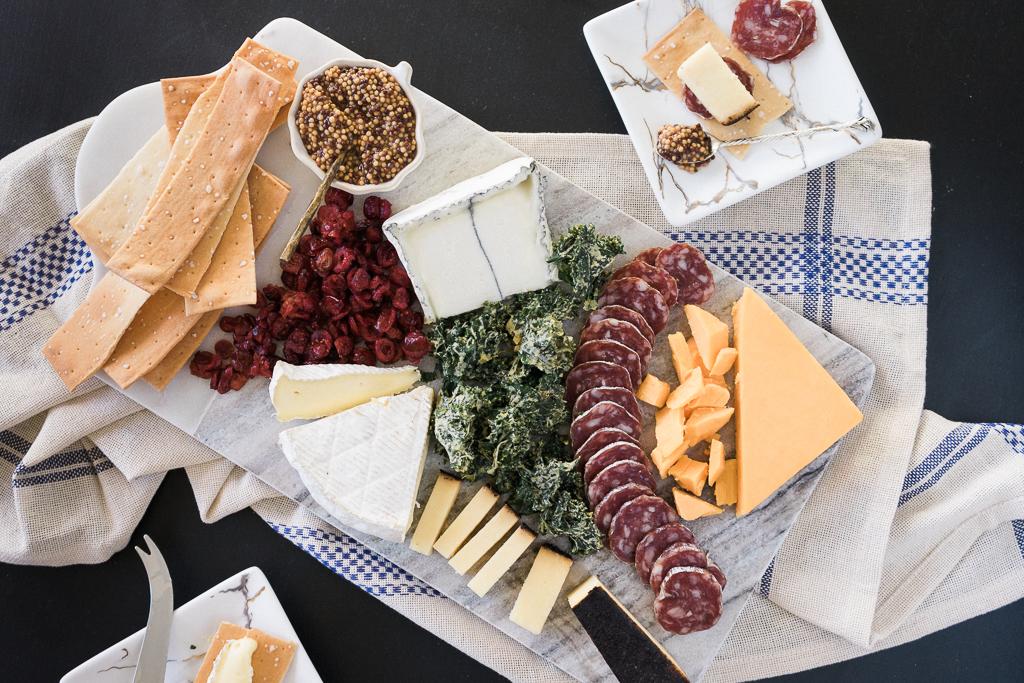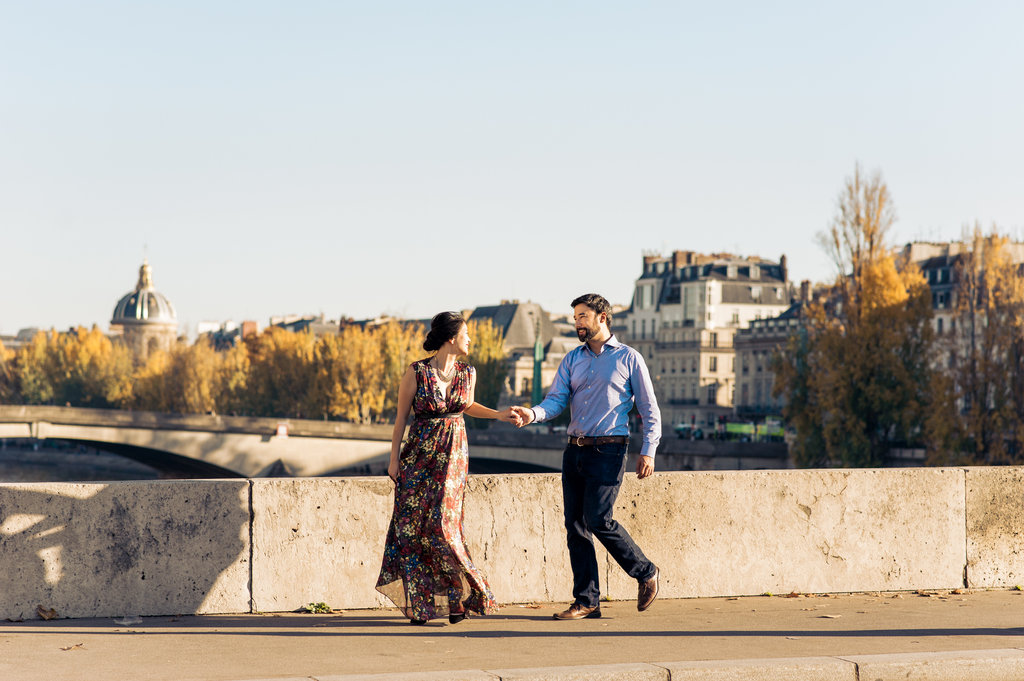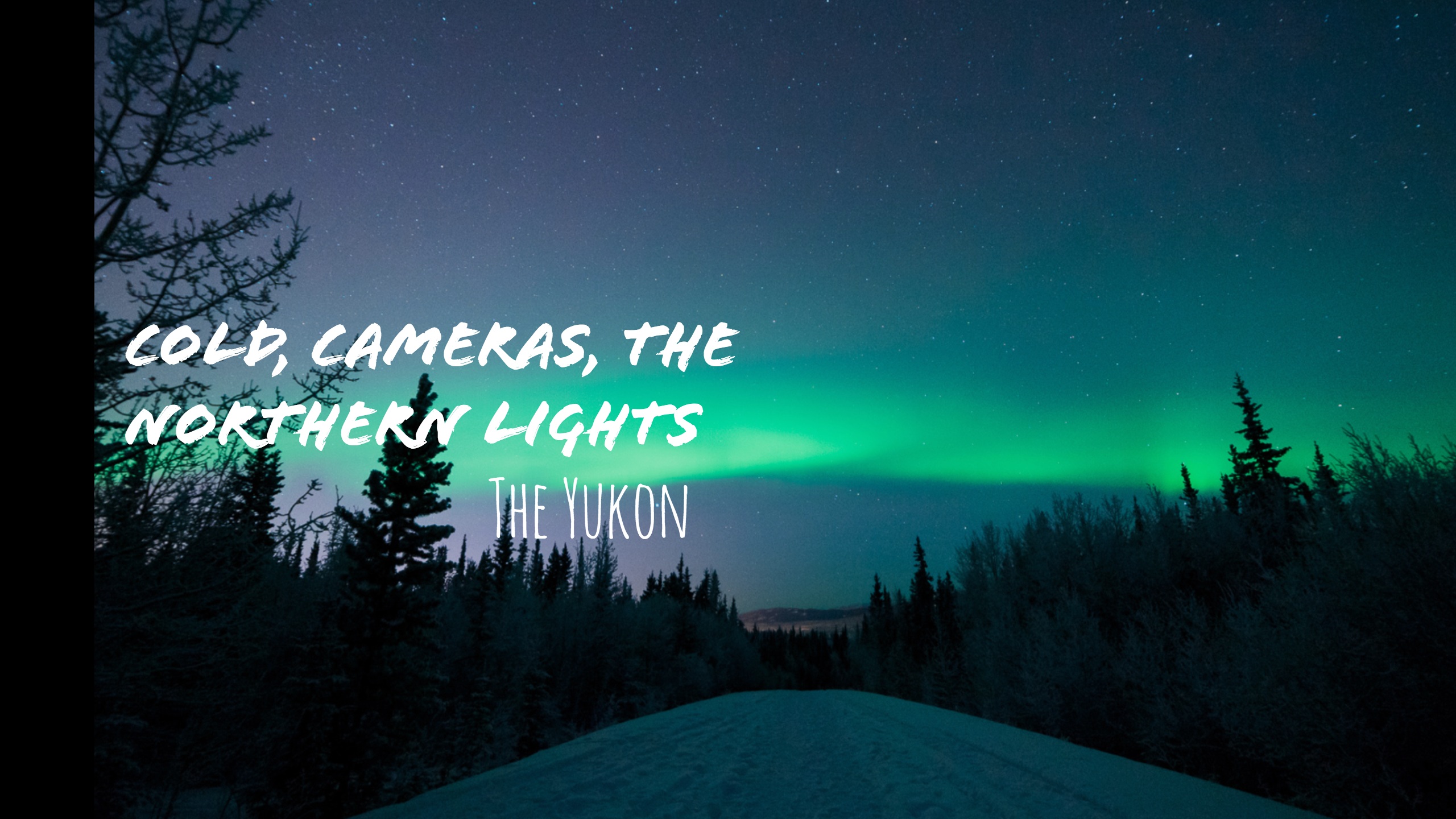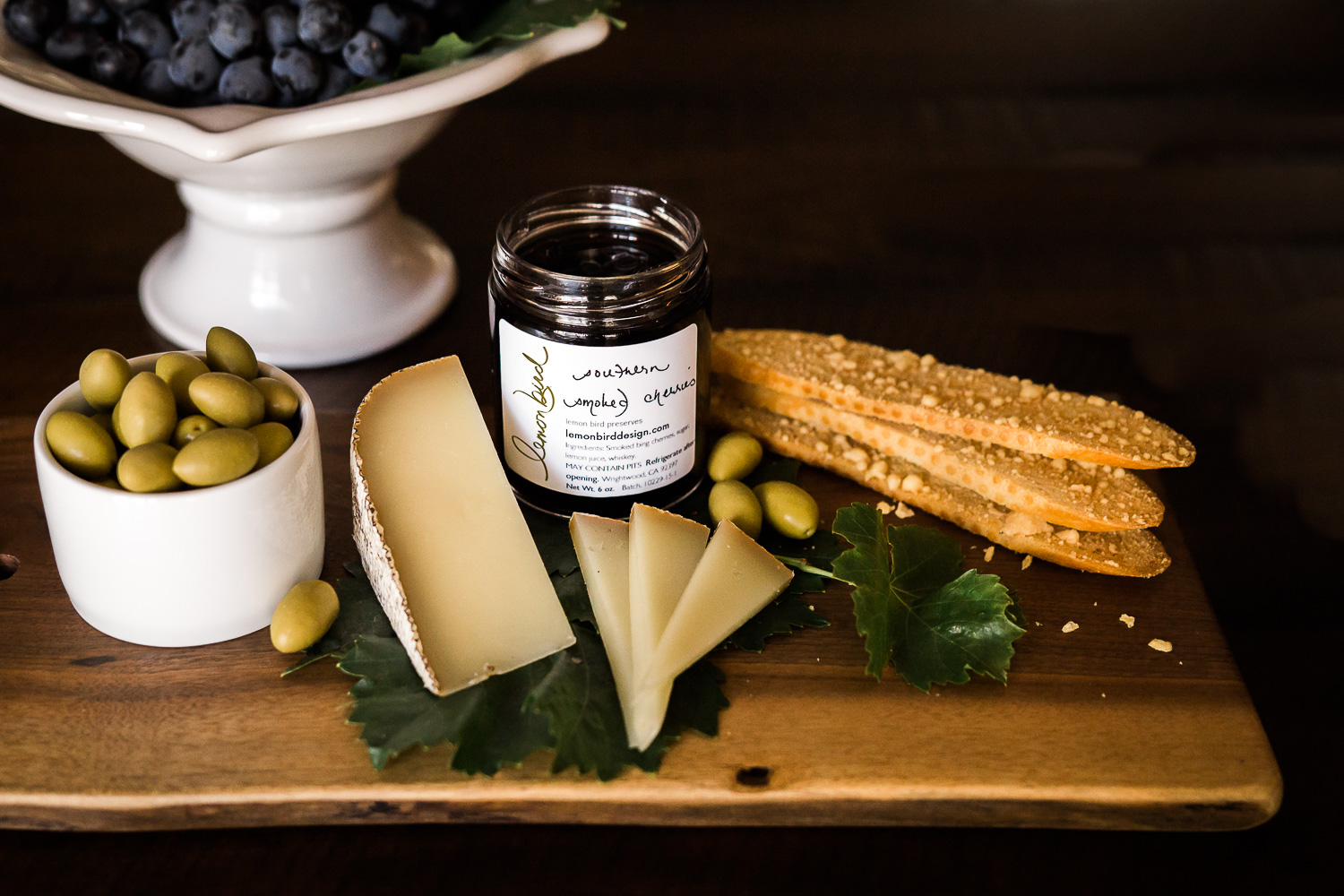Backstage during a production of Gilbert & Sullivan’s Ruddygore. I don’t dress like this every day!
Happy new year, my friends!! Did you do anything to celebrate? M. Cheesemonger’s parents have been visiting, so we spent a day celebrating with his family. I split the holidays between my family and M. Cheesemonger’s, so I did manage to get my fill of fluffy dogs!
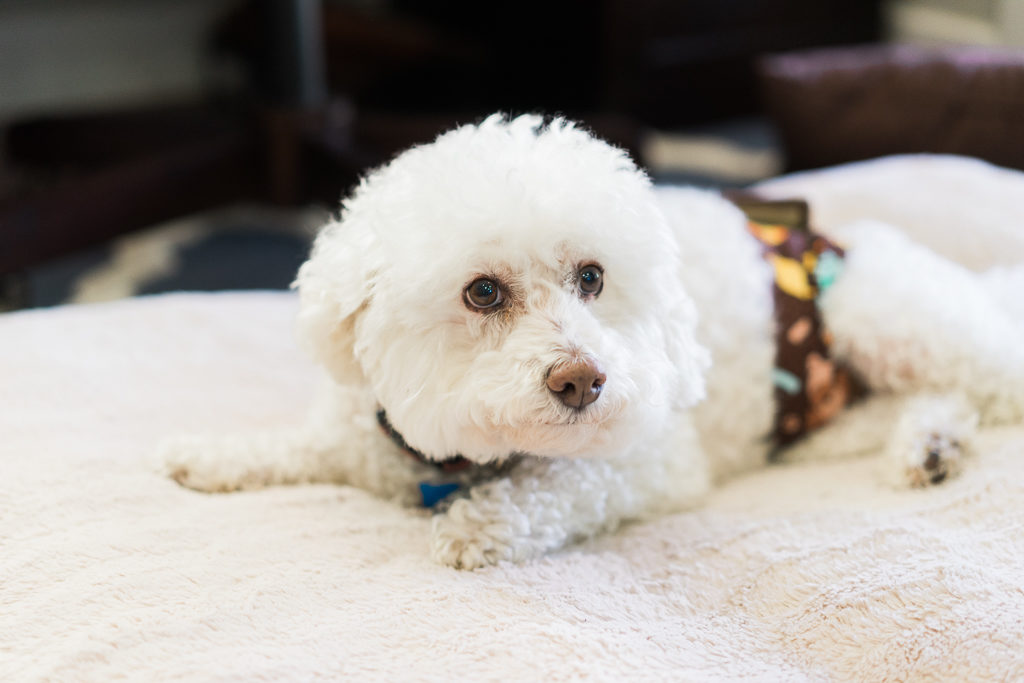
I took a few days off to not critically think about cheese, but I’m gearing up for a new year! And I wanted to start off by talking about my PHOTOGRAPHY JOURNEY! I get so many questions from all of you about it and I spend so much time on it, I thought it would be worth going into a little more detail here. This is definitely a journey for me—I am self-taught, and a lot has been picked up over many hours spent making a lot of mistakes! And I am still learning LOTS.
Cameras
My accomplished photographer/lawyer friend gave me some great advice when I was starting out, “Don’t worry too much about the camera body. It’s just a box. You want to get the best glass you can afford and invest there.” This was when I was shooting with the respectable Canon Rebel SL1 [affiliate link]. It was tiny and reliable, and I took it everywhere. I had one lens for it, a Sigma 18-35mm f1.8 [affiliate link], which was fine for a bit. I had no idea what I was doing. I learned a lot quickly, though, photographing EVERYTHING—landscapes, people, food—with that one lens. We went to France with it. Within 6 months, however, the Sigma’s focus had softened considerably. I got the Sigma dock that was supposed to help you calibrate your lens, and it didn’t help. I gave up on Sigma lenses as soon as I saw that, and after reading up about how this happens to many Sigma lenses.
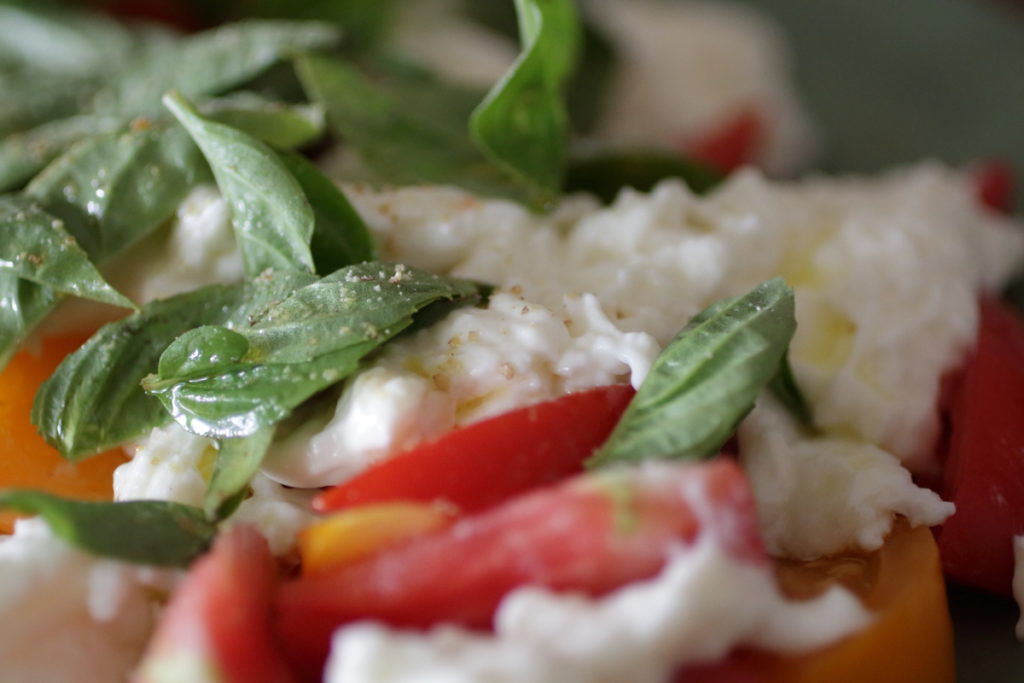
My next camera body was a Sony a7 [affiliate link], a full-frame mirrorless camera. I knew I wanted to potentially grow into more professional photography territory with a full-frame camera (e.g. three editorial photo shoots this past year!), so I did think a little bit about “the box.” Knowing my focus on Miss Cheesemonger is inanimate objects, I wasn’t too worried about the a7’s slow-ish autofocusing. I did love being able to use so many focus points on the a7, the camera’s small size, and the experience of using the electronic viewfinder made me feel like more connected to my subjects. The camera’s focus peaking actually highlights what is in focus on your camera, a tool that was beyond my wildest camera dreams. The Zeiss-Sony partnership also meant I got to work with some special Zeiss lenses (although, admittedly, there aren’t a ton of full-frame Zeiss lenses specifically for Sony full-frame cameras just yet). My two favorite lenses from the system are the 55mm f1.8 [affiliate link], which I take around with me everywhere, and the 35mm f1.4 [affiliate link], which I have only rented thus far, but whose image quality makes me go weak in the knees. Over time, I’ve come to really love my Sony camera. It goes with me everywhere—to Puerto Rico, on hikes, to restaurants. It feels a little delicate in my hands, though, so I try not to bash it around too much.
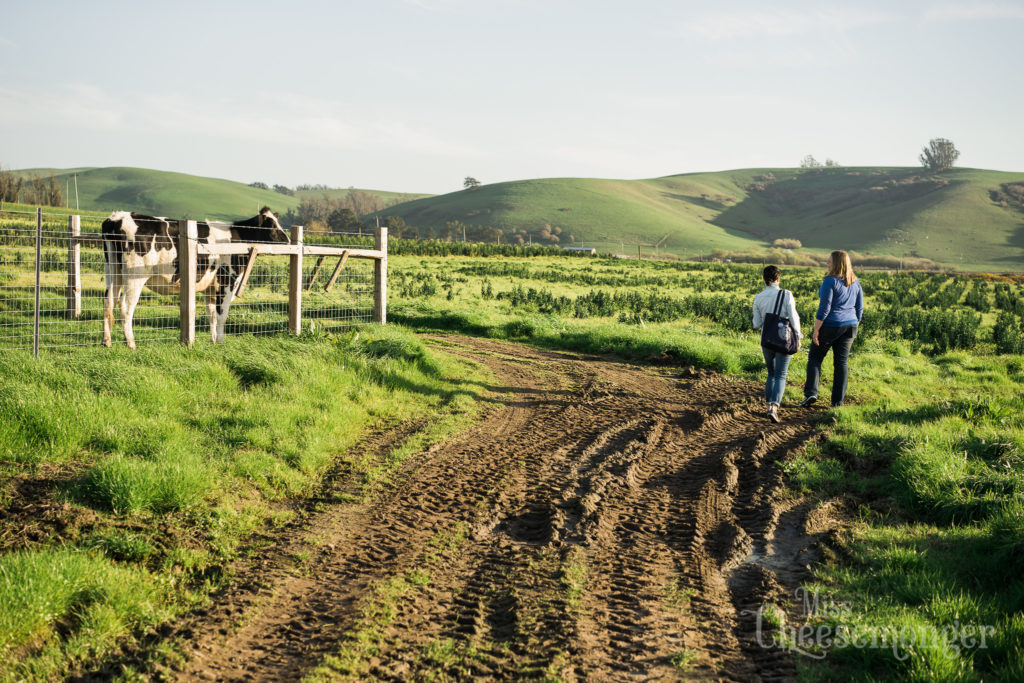
As I developed my portrait photography business in the past year, the a7’s sluggish auto-focus became a significant issue, as did the lack of great Sony-compatible lighting options and native lenses. After MANY HOURS of deliberation, I decided to go back to using Canon for my portrait work, settling on the 5D Mark III [affiliate link]. It’s reliable (ultra key), solidly built, and good for low-light situations. My brother, who is also a photographer (#misscheesemongersbrother on Instagram), prefers Nikon, but because I had already gotten used to the Canon system, I decided to not change it up again to match his. I much prefer the colors and skin tones I get from the Canon system over the Sony, which is reason enough for the change. We’ll see if I get another one at some point!
Starting January 2016, just about everything you see on Miss Cheesemonger and on my social media is shot with the Sony a7. It just goes everywhere with me! On my portrait photography page, it’s more of a mix. I alternate between both cameras often between shoots, then have to do a fair amount of tweaking between my Canon and Sony images to get them to look consistent.
Lenses
Remember what my friend said about investing in the best glass possible? Well, another confession here is that many of my blog feature photos are shot with my Sony’s kit lens, a 28-70mm f 3.5-5.6 [affiliate link]! That said, I have decided to use it for blog posts after testing it in many situations. I noticed it doesn’t do its best work in harsh sunlight or when there are stark shadows. When it is in even, soft lighting situations, it shines. Because that’s how I shoot many of your blog posts, I opted for the versatility of the zoom lens.
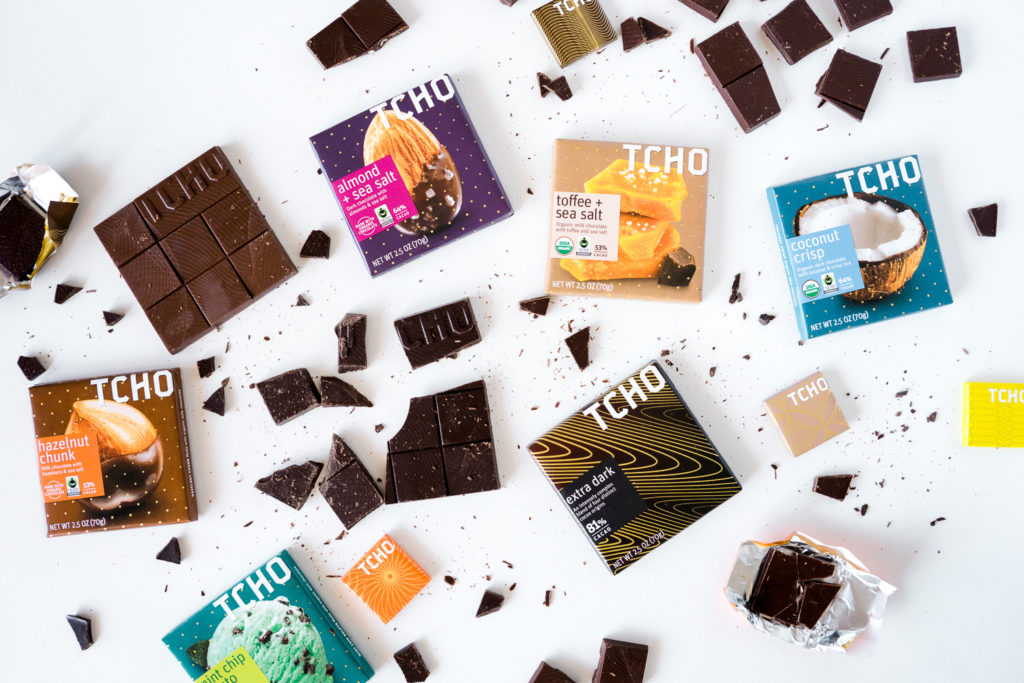
Like I mentioned before, I use the 55mm f1.8 a lot for my food photos when I am out and about, and even a good amount of portrait shots. The low f number (1.8) means it is pretty good in low light situations and shallow depth of field. Usually, I don’t insist that a food item be completely in focus (it is a stylistic thing for me), although sometimes I do insist on it. The other main Sony/Zeiss lens I use is the tiny 35mm f2.8 [affiliate link]. It doesn’t have quite the same shallow depth of field as the 55mm, but it’s useful for taking in more of the environment in a single shot. Plus, it’s so tiny (it weighs just over 4 oz!), it’s the best lens to travel with!
Because I tend to like wider shots of tablescapes, you’ll see me shooting those at about 35mm or wider. Later, when I focus on particular items on a table, I’ll use the 55mm (a slightly longer lens). I also have a 50mm macro lens [affiliate link] that I can use to take extreme close-ups of food. It’s a pretty clunky lens, but it works, more or less.
Portrait Lenses
I’m slowly building my portrait lens arsenal. Right now, I do a lot of work with the 55mm Zeiss/Sony lens and Sony body—the bokeh, or background blur, is stellar, and subjects look like they are popping out of the background! I also use a 135mm f2.0 lens [affiliate link] on my Canon, and love it. One of my singer friends recommended it to me and after seeing some examples of work with it, I decided to give it a go. The third lens I use sometimes is the 85mm f1.8 [affiliate link]. It’s not too expensive, and the image quality is quite respectable, at least until I can save up for the 85mm f1.2 [affiliate link]! :)
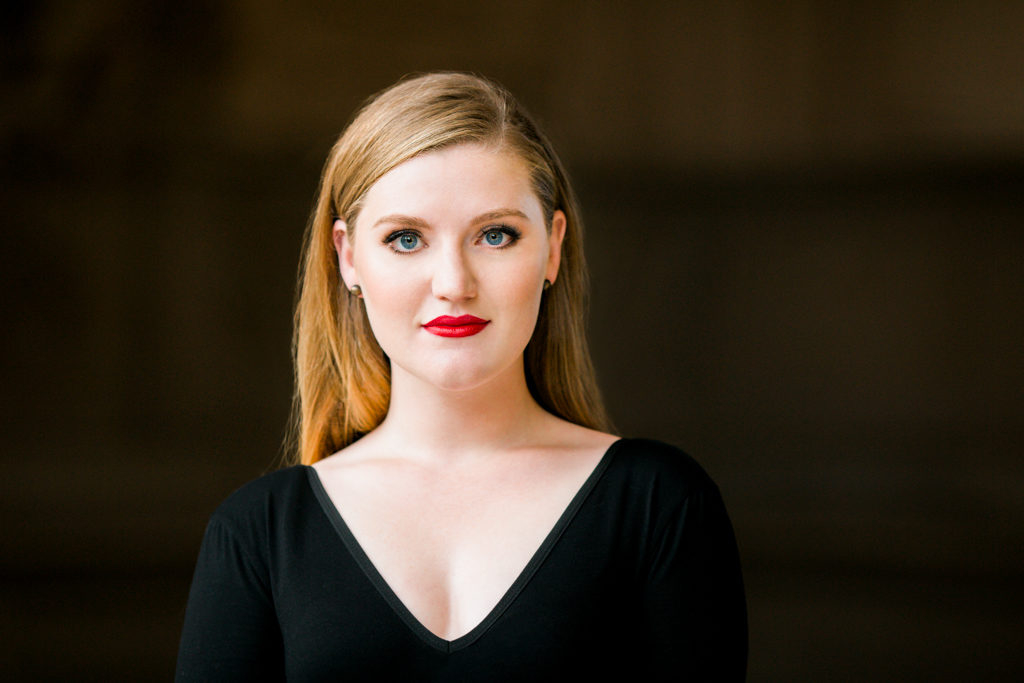
The longer the lens is (so the more millimeters), the less lens distortion you will notice in a person’s face. Wider lenses will sort of stretch out a face from side to side. Longer lenses tend to compress them in a pleasing way. Additionally, longer lenses will give you more of that background blur that people love, which is idea for portraiture!
Light
After amassing a fair amount of camera gear, I had to learn what to do with it. Essentially, cameras and eyes work by letting in light. One key to creating a good photo is by understanding how the light interacts with your subject.
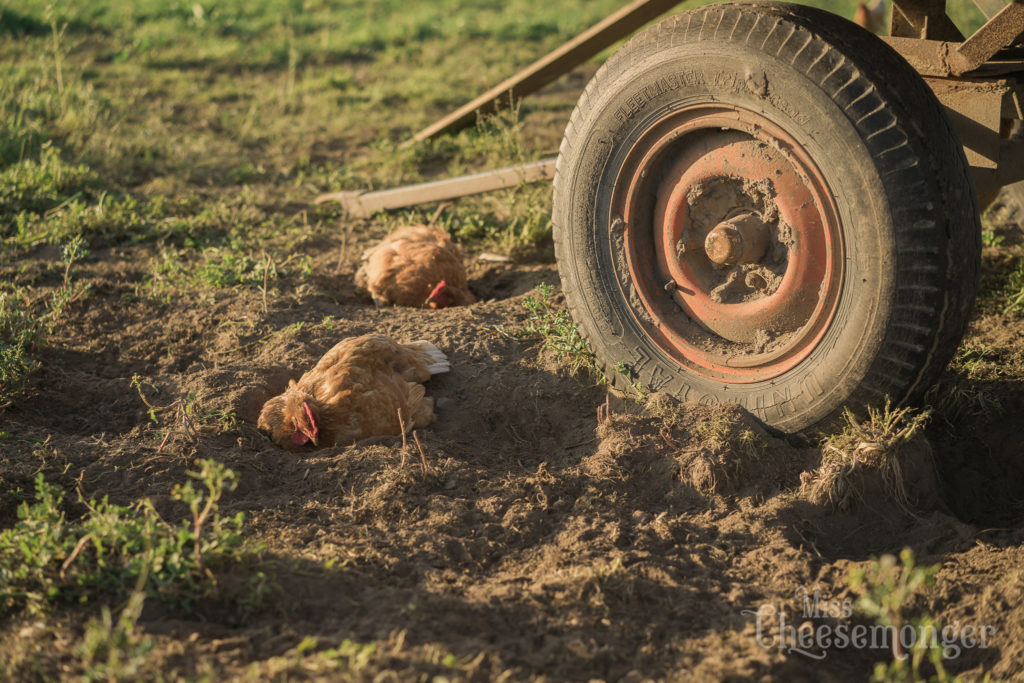
The person who first introduced me to DSLR photography told me to just start with shooting natural light, so I did—extensively. And that’s what I would recommend you do if you want to get into photography! Take whatever camera you have, even if it is a phone, and set the camera to manual mode. Figure out the relationship between ISO, shutter speed, and aperture (I can write more about this if you’d like), and just shoot. Try different angles—try shooting something in direct sunlight from all angles to see how the light and camera behave. Try shooting in soft light, try shooting in mixed light. Try golden hour—at both sunrise and sunset. Different situations call for different lighting situations. I like even light most times, but shadows have their place in my heart.
After figuring out how to work all that light, then you can move to creating your own lighting with flashes and studio lights. This is where I would really love to go next with my photography generally. Alas, lights are expensive, and I only have one flash per camera system and one light modifier, a brilliant little Westcott 26” Rapidbox [affiliate link]. I’d love to get some more lights so I can do more elaborate portrait set-ups, but for food photos, right now, I get by with natural light and a reflector, or one flash and one reflector. It is such a slippery slope, the world of photography!
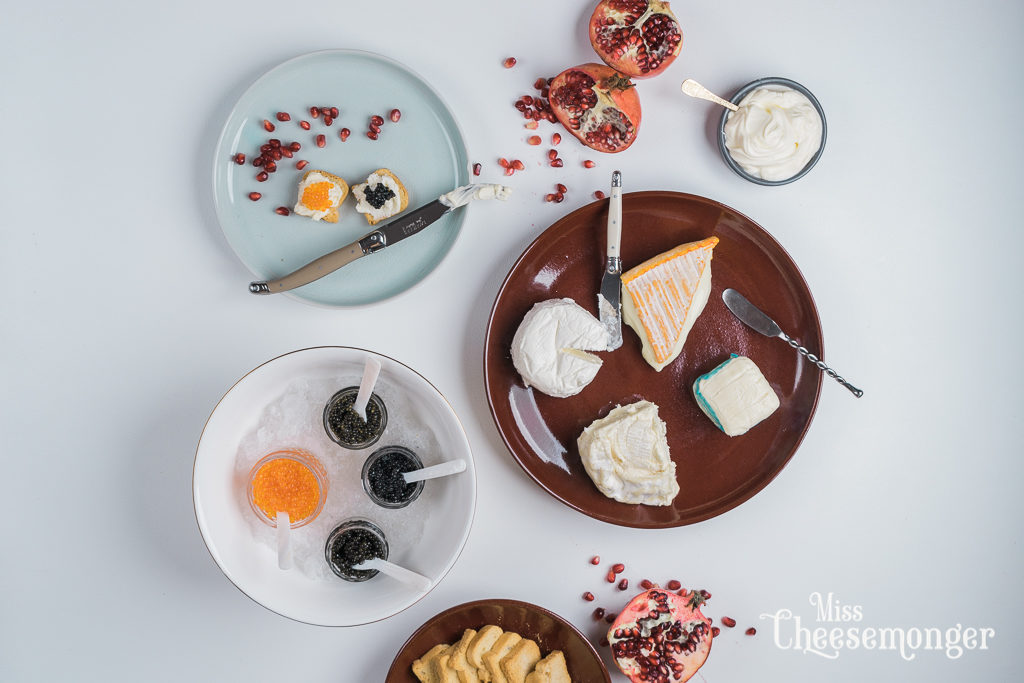
Processing
A good chunk of time is spent processing images after they’ve been taken! I do this in Adobe Lightroom and Photoshop. Lightroom is a great start, and since I don’t really retouch my food photos (yet), I just need to get them looking right in Lightroom, and I’m done! I’m a fan of that film-type look, so I have a few presets out there that emulate film. Mastin Labs is my favorite source for presets right now! It’s amazing, though, that with one set of presets, in the hands of thousands of people, you will get thousands of different takes on an image. The presets are a tool, but they won’t magically transform your images. You alone are responsible for proper exposure, white balance, and coloring!
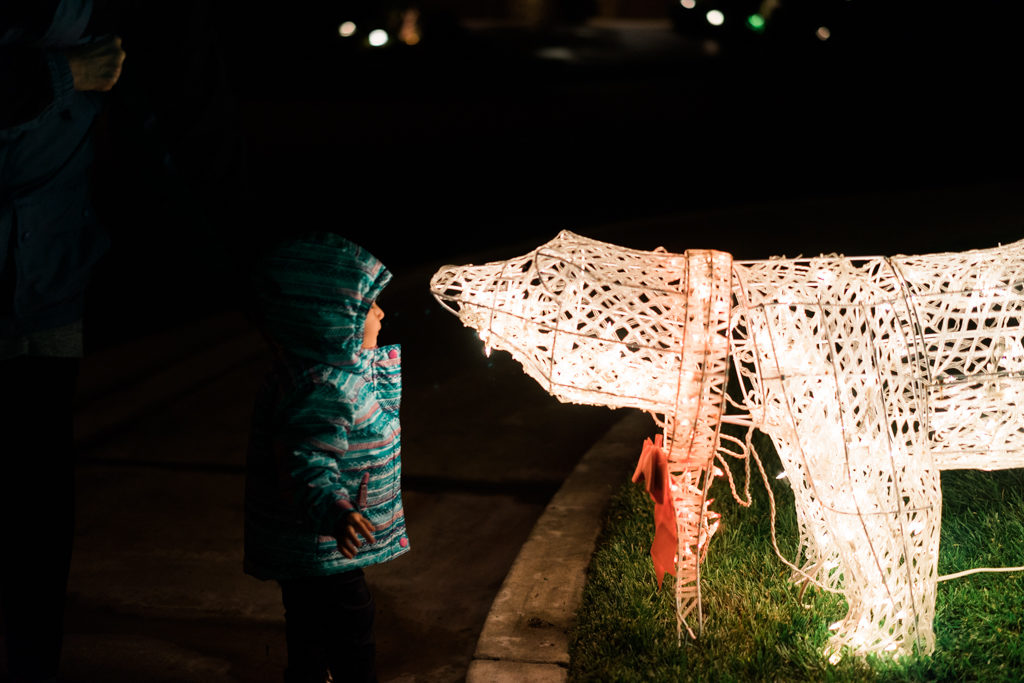
For my portrait work, things are different. I spend a lot of time retouching portraiture, even if I’m not going for an ultra glossy look. It takes time to smooth out clothing, clear away blemishes, and fix up hair and makeup in portraits. I know there are shortcuts, but I don’t like taking shortcuts! Plus, Photoshop is fun! I feel like I am just scratching the surface of this crazy tool. I’ve learned a lot about retouching from the website Phlearn.com in particular, and would definitely recommend Phlearn’s free videos on Youtube if you are just getting started with Photoshop.
Composition
I talked about this in a prior blog post!
Next Steps for Miss Cheesemonger
You may have seen my solid colored backdrops in some of my food photos. I’d like to repaint at least a couple of them with different colors, so we’ll see if I actually get around to it. As I mentioned before, I’d love to experiment with more complex and diverse studio lighting, so I hope I’ll get the chance to do that, too.
I hope to improve my food styling a bit! I got Delores Custer’s textbook on Food Styling [affiliate link], and it has been enlightening.
Because the parallels between cheese makers and other artistic folks is so strong, and because I have a pretty big creative streak in me, I am doubling down on my commitment to showcase creative people here on Miss Cheesemonger. Sometimes they will be in the cheese world, and sometimes they won’t, but we cheese lovers can learn so many lessons from these courageous, creative, entrepreneurial individuals.
Are you a photographer? Do you want me to go into any of these topics in more depth? Let me know in the comments! Let’s talk!
It’s my work to create great content for you. Do you love you see? Here is how you can support me:
PHOTOGRAPHY! Let me bring your food projects, business, and products to life. Let’s create something beautiful together! See my food photography portfolio. Or see my portrait portfolio for portrait work. Contact me to start brainstorming!
BUY through my affiliate account links at Amazon.com (where you can get nearly anything under the sun), the French Farm (where you can find delicious and beautiful French products for the kitchen, and get free shipping for orders over $75), and Taza Chocolate (maker of some of my favorite Mexican-style chocolates). Bookmark these links for later! You can purchase anything through them, not just what I recommend to you, and I will receive a small percentage of those sales at no extra cost to you! Everybody wins!
